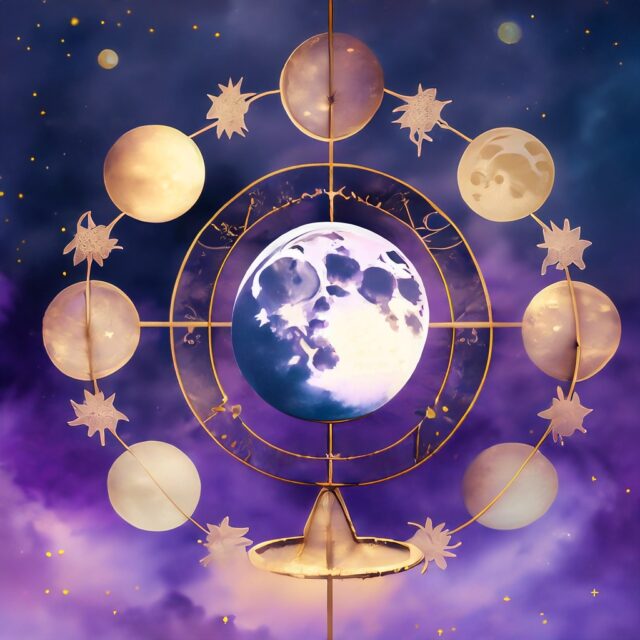Today Moon Age - what is current moonphase
with my complete guide, from the ancient initiate masters, that speach you everything you need to know about Today Moon Age
Most people sleepwalk through life, never once glancing upward to the night sky. But what if I told you that the phase of the moon tonight holds secrets that could profoundly impact your life? Before you dismiss this as mere lunar lunacy, consider the ancient civilizations that once thrived, not by the light of the sun, but by the moon’s mystical glow. The moon phase of today isn’t just a pretty sight; it’s a mirror reflecting cosmic truths. So, if you’ve been looking for signs, if you’re searching for answers, or if you’re merely intrigued by the universe’s most enigmatic luminary—keep reading. The moon’s story tonight might just be about you.

what is the lunar calendar
and why do you need to know it to find out today moon age ?
Listen closely, my discerning reader, because what I’m about to share with you might just transform the way you view that silver orb in the night sky. It’s more than just a decorative nightlight; it’s a keeper of ancient secrets and a marker of time since eons past. Welcome to the world of the lunar calendar.
While the sun has been the rockstar of our modern calendar (thanks, Gregorian system), the moon, with its mystical glow, has been quietly keeping its own time. Each phase, from the tiniest crescent to the full, luminous roundness, marks a moment in the lunar calendar.
This calendar is rooted in the moon’s cycles. One full moon to the next averages about 29.5 days, a span known as the synodic month. Thus, in the lunar calendar, months are either 29 or 30 days long, keeping in rhythm with the moon’s dance.
It’s not just about moonlit strolls and poets’ musings. Many ancient civilizations, from the Mayans to the Chinese, relied on the lunar calendar. Not for mere romance, but for agriculture, religious observances, and predicting natural phenomena.
Have you ever heard of the term “Blue Moon”? It’s that rare moment when we get two full moons in one month. But without understanding the lunar calendar, this term is just an overused phrase in a song.
If you’ve ever felt out of sync, maybe it’s because you’ve been living by the sun alone. The moon affects tidal patterns, certain animal behaviors, and arguably, human moods. Heck, ask any ER nurse about a full moon night, and brace yourself for some stories!
To truly know today’s moon phase, you need to be intimate with the lunar calendar. Is it waxing? Waning? What secrets or energies is it channeling? The answers lie in understanding the calendar that moon aficionados swear by.
Beyond the romance and agriculture, there’s a deeper reason to get acquainted. Ever wondered why certain festivals in some cultures never seem to stick to a date? Eid, Diwali, Chinese New Year—they dance to the lunar tune.
Moreover, countless individuals, artists, and even business moguls like yours truly, Dan Kennedy style aficionados, believe in synchronizing certain activities with moon phases. New ventures with the New Moon or wrapping up projects as the moon wanes—it’s not superstition; it’s smart synchronization.
What are they, and what are the 8 phases of the moon
If you’ve ever thought the moon just pops up at night in its full splendor, you’re in for a celestial revelation. The moon doesn’t just show up; it performs. A dance of light and shadow, in 8 breathtaking acts, choreographed by the universe itself. Dive in with me, and by the end, you’ll not just be an observer—you’ll be a moon aficionado!
1. The New Moon: A Silent Beginning.
When the moon is located between Earth and the sun, it casts its dark side toward us, making it virtually invisible. Think of it as the moon taking a deep breath before its performance.
2. Waxing Crescent: The Shy Prelude.
After the new moon, a thin silver sliver starts to emerge in the sky. It’s the moon’s version of a shy hello, as it gathers the courage to reveal more.
3. First Quarter: Halfway to Stardom.
Here, the moon showcases half its surface lit, like an intermission. A midpoint that whispers, “Stay tuned; the best is yet to come.”
4. Waxing Gibbous: The Climactic Build.
The moon is more than half illuminated but not full yet. It’s building tension, an anticipation, as if something big is about to unfold.
5. Full Moon: The Showstopper.
In all its glory, the moon shines brightest, illuminating the night. It’s the moon’s way of saying, “Here I am, in all my splendor.” No wonder poets and lovers can’t resist its charm.
6. Waning Gibbous: The Graceful Bow.
After the grandeur of the full moon, it begins to shrink. But, much like an artist after a performance, it does so with grace and style.
7. Last Quarter: The Reflective Pause.
Again, half of the moon is visible, but this time it’s the other half. It’s a moment of reflection, looking back at the dance it’s performed.
8. Waning Crescent: The Final Adieu.
The moon, now a slender crescent once more, is about to bid adieu, making way for another new moon. It’s not an end, but a promise of a new beginning.
lunar calendar of the year list of full moons
in-depth resources
Other articles: